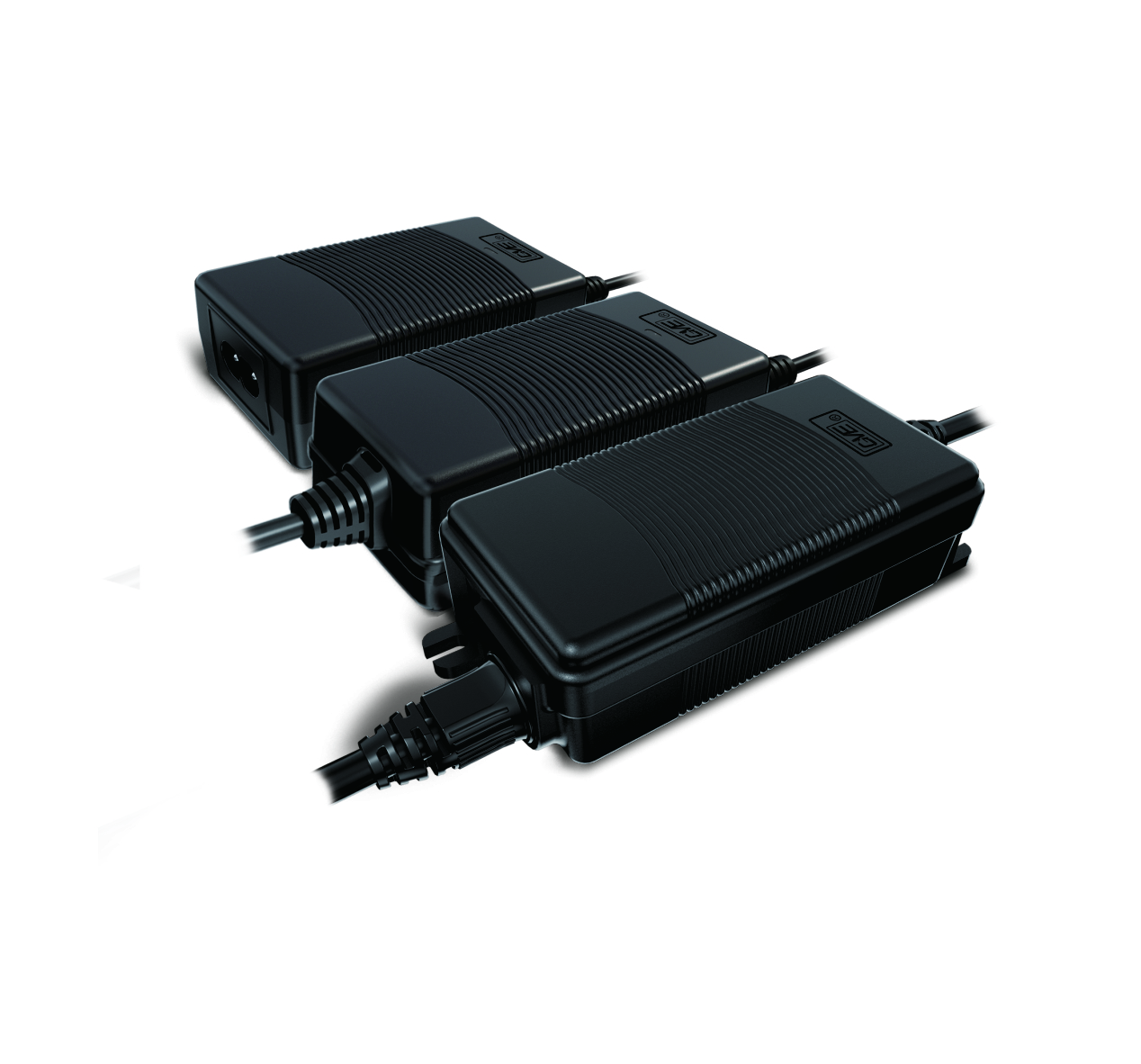How to Choose the Right Power Adapter for Household Electronics?
When you buy a new electronic device, whether it's a wireless speaker, a Wi-Fi router, or even a baby monitor, one small piece of equipment is always there in the background: the power adapter. It may look like a simple box with a plug and a cable, but choosing the wrong adapter can cause serious problems. From damaging your device to creating safety risks, the consequences of picking an unsuitable power supply shouldn't be ignored.
Power Adapters
Most household electronics don't plug directly into the wall with standard AC power. Instead, they need DC power at specific voltage and current levels. That's where a power adapter (also known as an AC DC adapter, power brick, or charger) comes in.
If the adapter doesn't match the requirements of the device:
● Too much voltage can burn out internal circuits.
● Too little voltage can cause malfunction or frequent restarts.
● Not enough current can make the adapter overheat.
● Wrong polarity can instantly destroy sensitive components.
So while adapters may seem interchangeable, they're not. Matching the right adapter to the right gadget is essential.
Step 1: Check the Device's Power Requirements
Every device has a power label, usually printed on the back, bottom, or near the input port. It will look something like this:
Input: 100–240V AC, 50/60Hz
Output: 12V DC, 2A
What matters for choosing an adapter are the output values. Here's how to read them:
Voltage (V): This must match exactly. If your device says "12V DC," your adapter must output 12V DC.
Current (A or mA): The adapter must provide at least this much. If your device requires 2A, the adapter can be 2A, 2.5A, or even higher, but not lower.
Polarity: Most adapters show a diagram with a dot in a circle and a "+" or "–" symbol. This shows whether the inner pin is positive or negative. Make sure it matches your device.
Connector size: The plug must physically fit. Common barrel connector sizes include 5.5mm x 2.1mm or 5.5mm x 2.5mm.
Step 2: Understand Different Types of Adapters
Power adapters are not all the same. Here are the common types you'll encounter:
Linear adapters: The old bulky ones. They're heavy, less efficient, and run hot. Rare today.
Switching power supplies (SMPS): The modern standard. Lightweight, efficient, and available in universal voltage input (100–240V).
Universal adapters: Adjustable voltage with multiple plug tips. Useful for travel but risky if you accidentally select the wrong voltage.
USB power adapters: Common for phones, tablets, and small gadgets. They usually provide 5V, but newer ones support fast charging standards like Quick Charge or USB-C PD.
For household electronics, switching power adapters are the most reliable choice.
Step 3: Match the Connector Properly
Even if the voltage and current are right, a mismatched plug means the adapter won't work. The most common connectors include:
Barrel connectors: Cylindrical plugs of different diameters.
USB-A and USB-C: Now standard for many modern devices.
Specialized connectors: Some brands use proprietary designs to force you to buy their original chargers.
Tip: If you're replacing an adapter, measure the old plug or look up the specifications in your device manual.
Step 4: Prioritize Safety and Certifications
Cheap, no-name adapters may save money upfront, but can be dangerous. Poorly built adapters may overheat, lack short-circuit protection, or fail under voltage spikes. Look for certifications such as:
● UL (Underwriters Laboratories)
● CE (European Conformity)
● FCC (Federal Communications Commission)
● RoHS (Restriction of Hazardous Substances)
Certified adapters are tested for electrical safety and environmental compliance. Always buy from a reliable power adapter manufacturer rather than a questionable online listing.
Step 5: Think About Application Scenarios
Different devices and settings may require different types of adapters. Let's break it down:
For routers and modems: Most need 9V or 12V adapters with 1–2A current.
For LED strip lights: Look for 12V or 24V adapters with enough wattage to power the length of your strip.
For CCTV cameras: Usually 12V 1A or 12V 2A adapters, often sold in packs for multiple cameras.
For laptops: Each brand has unique voltage and connector standards, so OEM adapters are safest.
For audio equipment: Amplifiers and mixers often need higher current ratings.
By matching the adapter to the use case, you avoid performance issues.
Step 6: Consider Energy Efficiency
Household electronics often stay plugged in 24/7. Choosing an energy-efficient adapter reduces power consumption and lowers your electricity bill. Look for adapters with:
● Energy Star certification
● Level VI efficiency marking
● Standby power less than 0.5W
An efficient adapter doesn't just save energy—it also runs cooler and lasts longer.
OEM vs. Third-Party Adapters
OEM (Original Equipment Manufacturer): The safest option. Designed specifically for your device.
Third-party brands: Can be safe if purchased from a trusted power supply manufacturer. Good for replacements when OEM parts are too expensive.
If you go third-party, stick to reputable suppliers known for reliable adapters.
Where to Buy Reliable Power Adapters?
You can find adapters online, in electronics stores, or directly from manufacturers. Here are some tips:
● Search for "AC DC power adapter supplier" or "switching power supply manufacturer" when sourcing replacements in bulk. GVE is one of your ideal choices.
● Buy from recognized brands instead of unbranded listings.
● Check customer reviews for overheating or early failure complaints.
● Make sure the product description clearly lists voltage, current, and connector size.
Conclusion
Whether you're replacing a lost charger for your router, buying an adapter for LED strip lighting, or stocking up on CCTV camera power supplies, the right choice protects your devices, saves energy, and ensures long-term reliability.
GVE is a national high-tech enterprise that provides DC adapter/charger/adapter solutions. GVE provides corresponding products for Fortune 500 companies and committed and committed to providing our global customers with the most competitive products and solutions. Feel free to contact us to customize your wall-mount or desktop power adapters.

